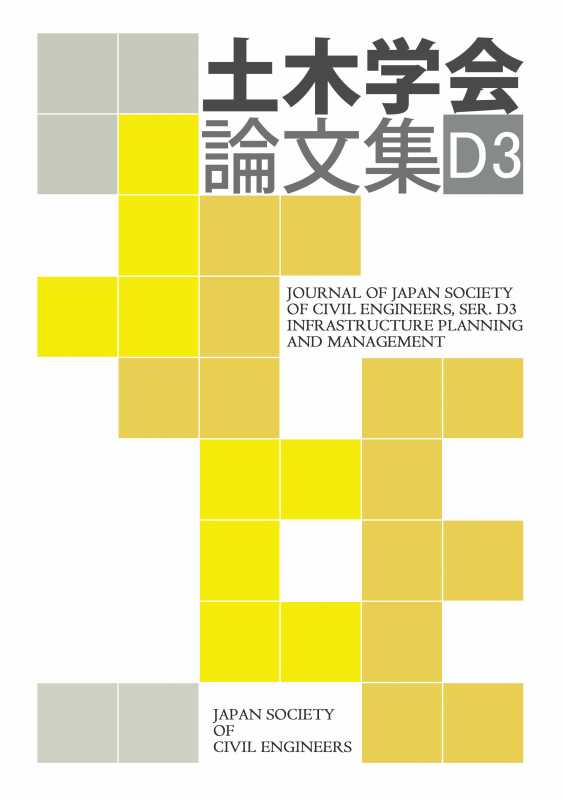Volume 76, Issue 3
Displaying 1-5 of 5 articles from this issue
- |<
- <
- 1
- >
- >|
Paper (In Japanese)
-
2020Volume 76Issue 3 Pages 203-222
Published: 2020
Released on J-STAGE: July 20, 2020
Download PDF (3346K) -
2020Volume 76Issue 3 Pages 223-235
Published: 2020
Released on J-STAGE: July 20, 2020
Download PDF (1511K) -
2020Volume 76Issue 3 Pages 236-250
Published: 2020
Released on J-STAGE: August 20, 2020
Download PDF (626K) -
2020Volume 76Issue 3 Pages 251-263
Published: 2020
Released on J-STAGE: August 20, 2020
Download PDF (5385K) -
2020Volume 76Issue 3 Pages 264-281
Published: 2020
Released on J-STAGE: September 20, 2020
Download PDF (4782K)
- |<
- <
- 1
- >
- >|
